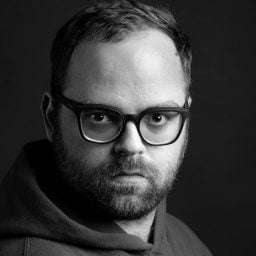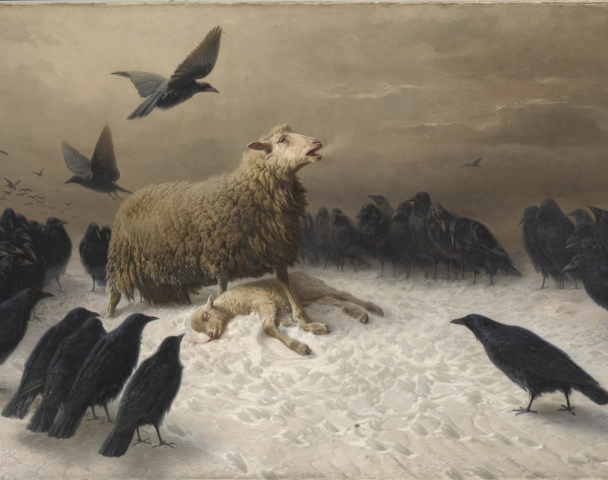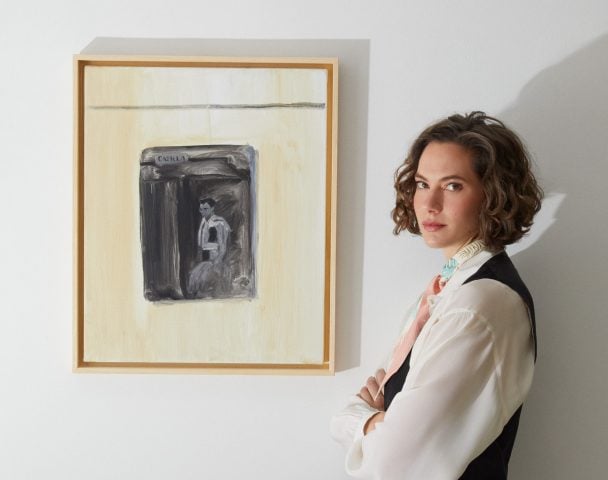Art & Exhibitions
A New Show Celebrates Surrealist Photographer Dora Maar on Her Own Terms
The exhibition of Maar's photographs and photograms brings her out from Picasso's shadow.
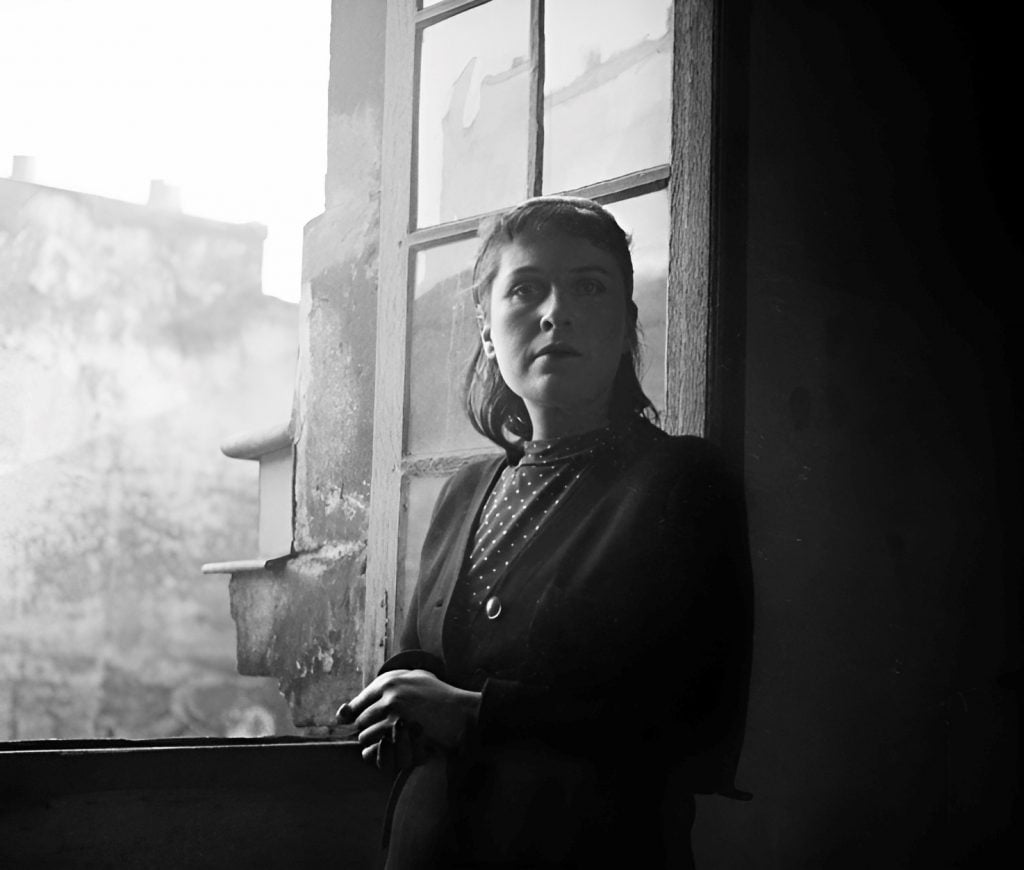
An exhibition of work by Dora Maar, the Surrealist photographer immortalized as Pablo Picasso’s “Weeping Woman,” is going on view at the reopening Amar Gallery in London in June amid growing popularity of her work and the reframing of her career.
The show will feature Maar’s photograms and photographs, including her pictures of Picasso and his celebrated anti-war mural Guernica—of which she was the official photographer.
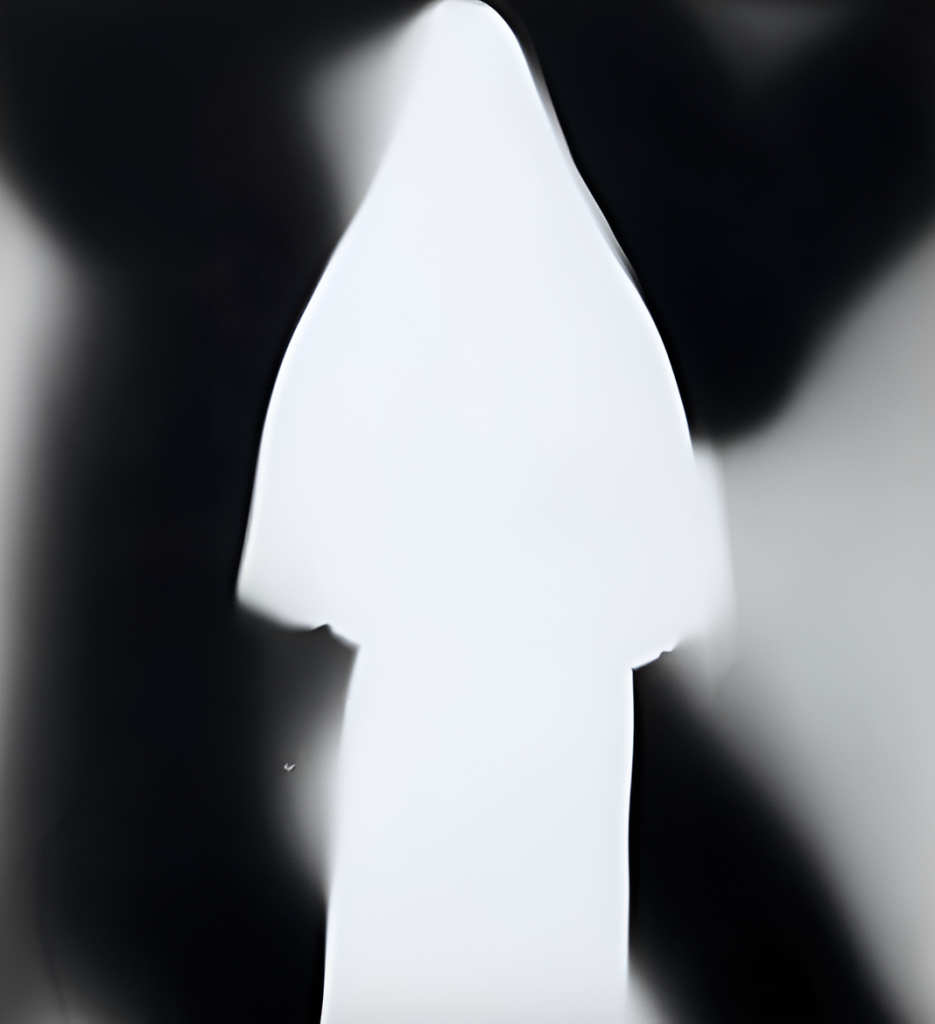
Dora Maar. Virgin and Crucifix II (ca. 1980.) Photo courtesy of Amar Gallery
“As a photographer, she was a pioneer admired by the likes of Henri Cartier-Bresson and Man Ray. Her position as Picasso’s lover clouded over her undeniable artistic talent which extended far beyond photography and included writing, poetry and painting,” gallerist Amar Singh said in a statement.
The exhibition, “Dora Maar: Behind the Lens,” coincides with the upcoming July 4 release of author Louisa Treger’s historical fiction The Paris Muse, published by Bloomsbury, about the relationship between the two artists and the theatrical production Maar, Dora that will perform at Camden Fringe in August for its third run.
“I’m so glad it seems like her work is finally getting its moment in the spotlight,” said the artist Nadia Jackson, who wrote the play—which is produced by Amar Gallery.
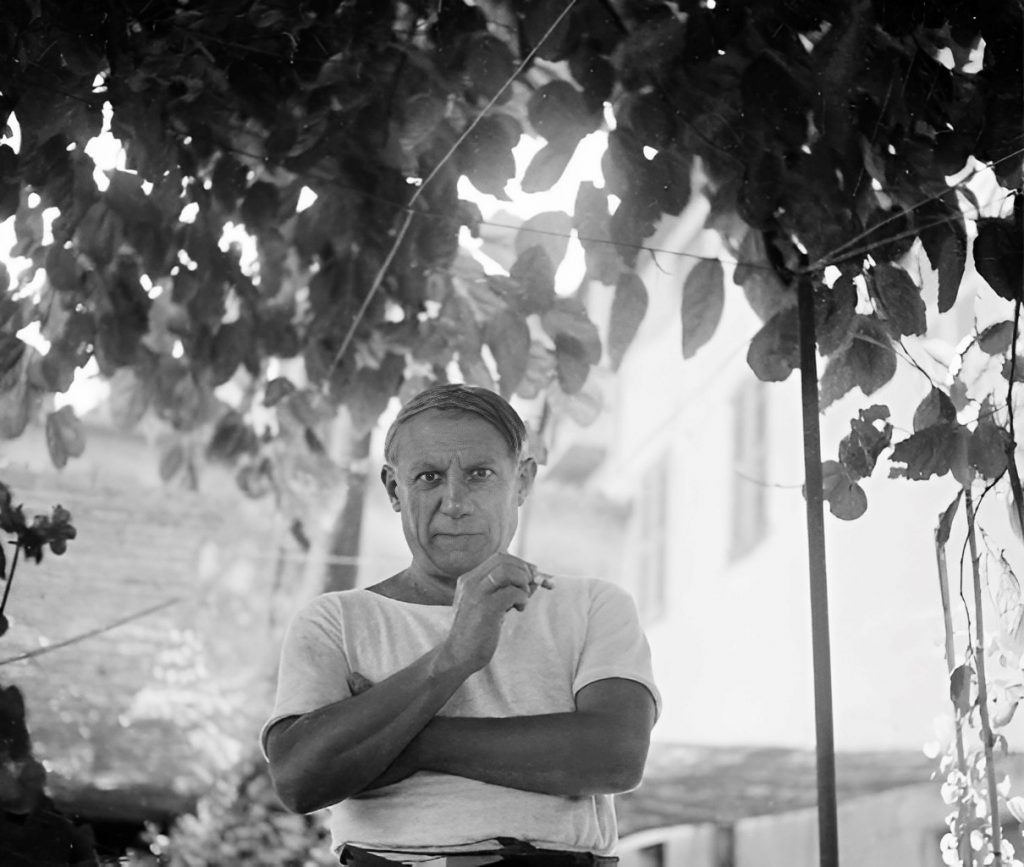
Dora Maar. Picasso Under The Trees—Hotel Vaste Horizon, Mougins (ca. 1936). Photo courtesy of Amar Gallery
Antoine Romand, who acted as an intermediary between the gallery and the Dora Maar Estate, called the exhibit a “fantastic event and a great way of highlighting her work,” noting that it will include iconic images from the photographer as well as some “unusual” photograms rarely seen on the market.
“Generally speaking, Dora Maar’s works are very rare because her photographic production was fairly limited over time,” Romand said. “Another reason is the unique nature of the photograms. This exhibition will show works that have never been seen before.”
Maar was born in 1907 and came of age as Surrealism was taking hold in the French capital. Beginning in the 1930s, she ran her own photography studio, producing fashion editorials and advertisements that nonetheless bore a surrealist edge. On assignment on the set of Jean Renoir’s film The Crime of Monsieur Lange, Maar met Picasso, commencing an affair that lasted almost a decade. During that time, Maar served as muse and model for a number of the Spanish painter’s works, including his 1937 Portrait of Dora Maar, while Picasso treated her (and Marie-Therese Walter, who was also his lover) with unabashed cruelty.
After leaving Picasso, Maar commenced a painting practice, creating figurative then abstract works that were shown in various exhibitions through the 1940s and ’50s. In her latter-day career, in the 1980s, Maar would return to photography with her photograms—the technique of creating images without a camera—that once again drew out her surrealist bent. Maar died in 1997 aged 89.
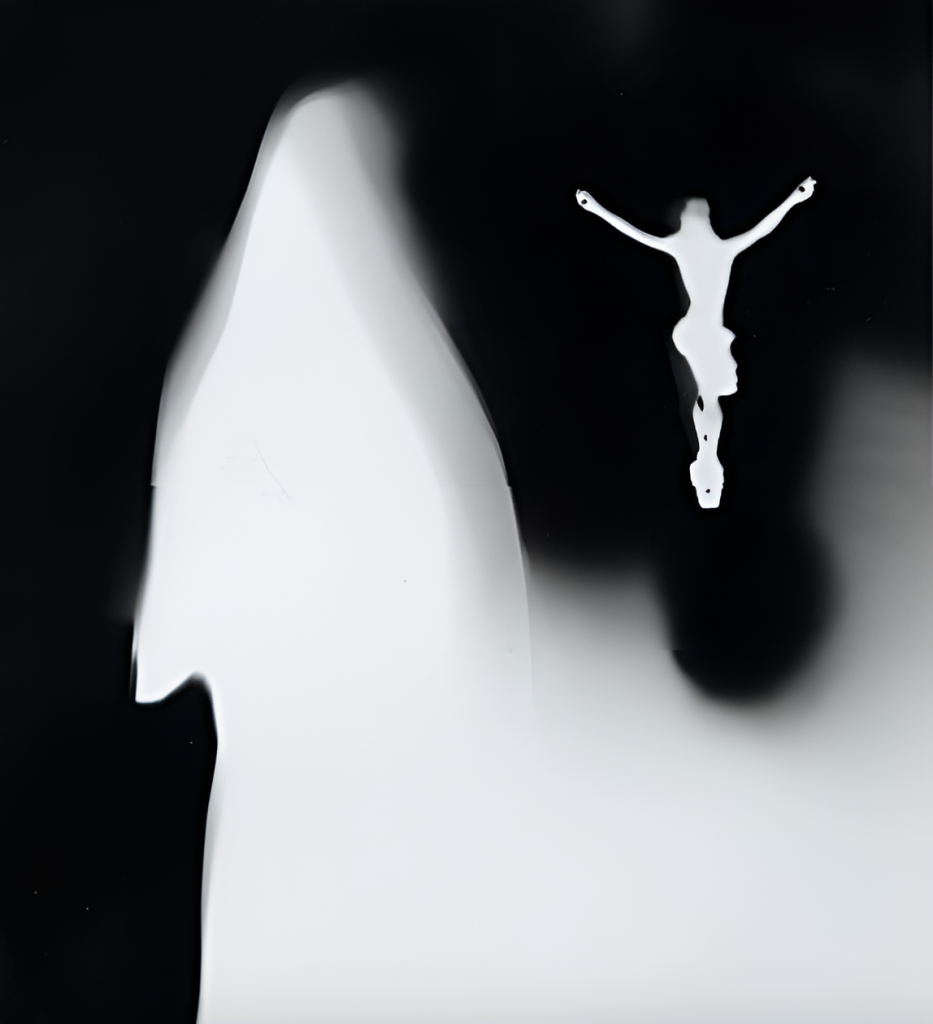
Dora Maar. Virgin and Crucifix (ca. 1980). Photo courtesy of Amar Gallery
Treger said she felt compelled to put Maar at the forefront of her book because she is among many other women who have “often been overshadowed” by their male counterparts. However, she said “there’s a promising shift” towards recognizing and amplifying such female voices.
“This renewed interest in her reflects a broader movement towards viewing iconic male artists like Picasso in a more nuanced way, from the perspectives of the women who shared their lives,” Treger said. She pointed out that Françoise Gilot, whose career Picasso allegedly tried to suppress when she left him, is having her own exhibition at the Musée Picasso Paris.
Jackson likewise said it was fascinating that the photographer “seems to be acknowledged only in conjunction with Picasso,” but warned that erasing him from her legacy would do her a disservice because it would be erasing an important part of her story.
“It was a theme we explored a lot in our play actually—how, as much as Dora would’ve perhaps wanted her work to outshine her relationship with him, it fundamentally couldn’t have existed without him,” Jackson said. “Unfortunately, you have to acknowledge Picasso in order to respect Dora’s legacy in its entirety, but it is also possible to recognize her artistic career and talents without it being overshadowed by him.”
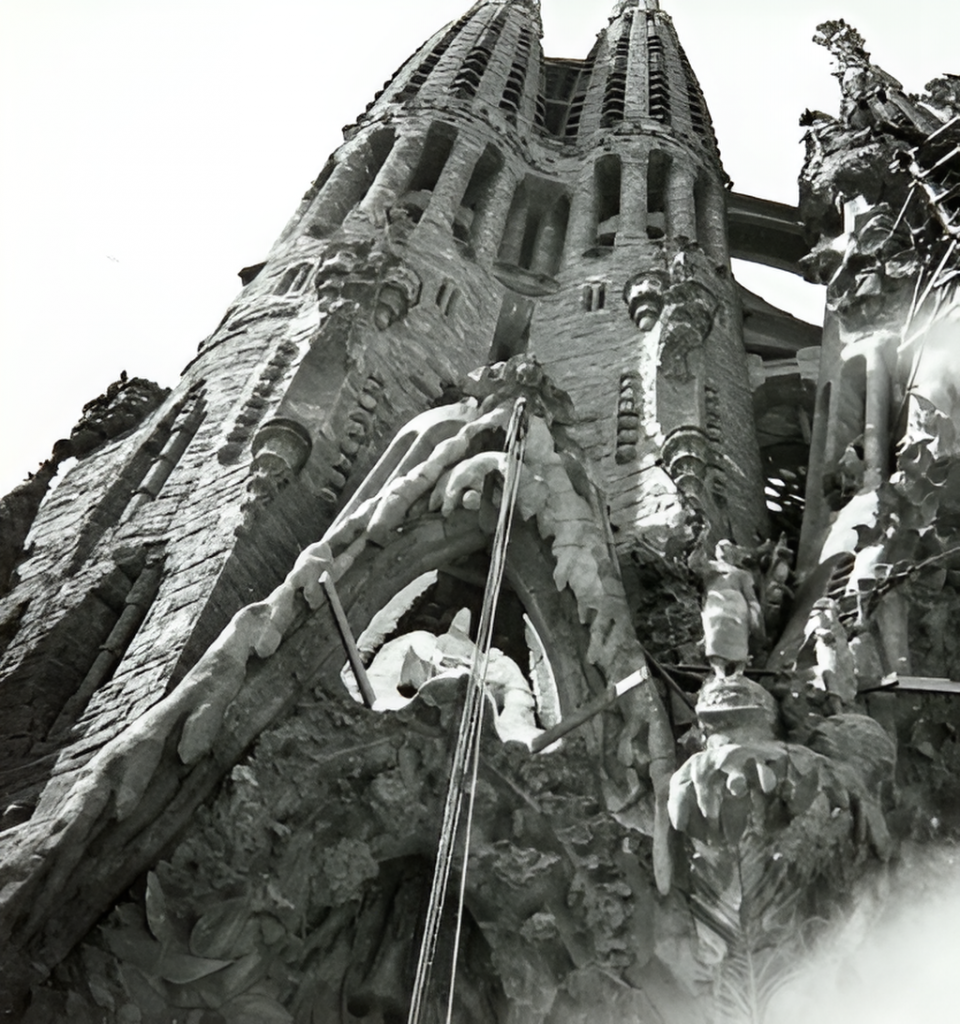
Dora Maar. La Sagrada Familia (ca. 1933). Photo courtesy of Amar Gallery
In talking about the photographer’s artistic talents, Treger said a piece in Amar Gallery’s exhibition that particularly stood out to her is Virgin and Crucifix (ca. 1980), which she said showcases Maar’s mastery of the photogram technique.
“Through the use of tight framing, and dramatic light and shadows, the Virgin and crucifix materialize from an inky background, radiating magic and mystery,” Treger said. “The juxtaposition of sacred and eerie elements prompts contemplation of the deeper layers of meaning within the image.”
“Dora Maar: Behind the Lens” is on view at Amar Gallery, Kirkham House, 12-14 Whitfield Street, London, June 16–August 18.

